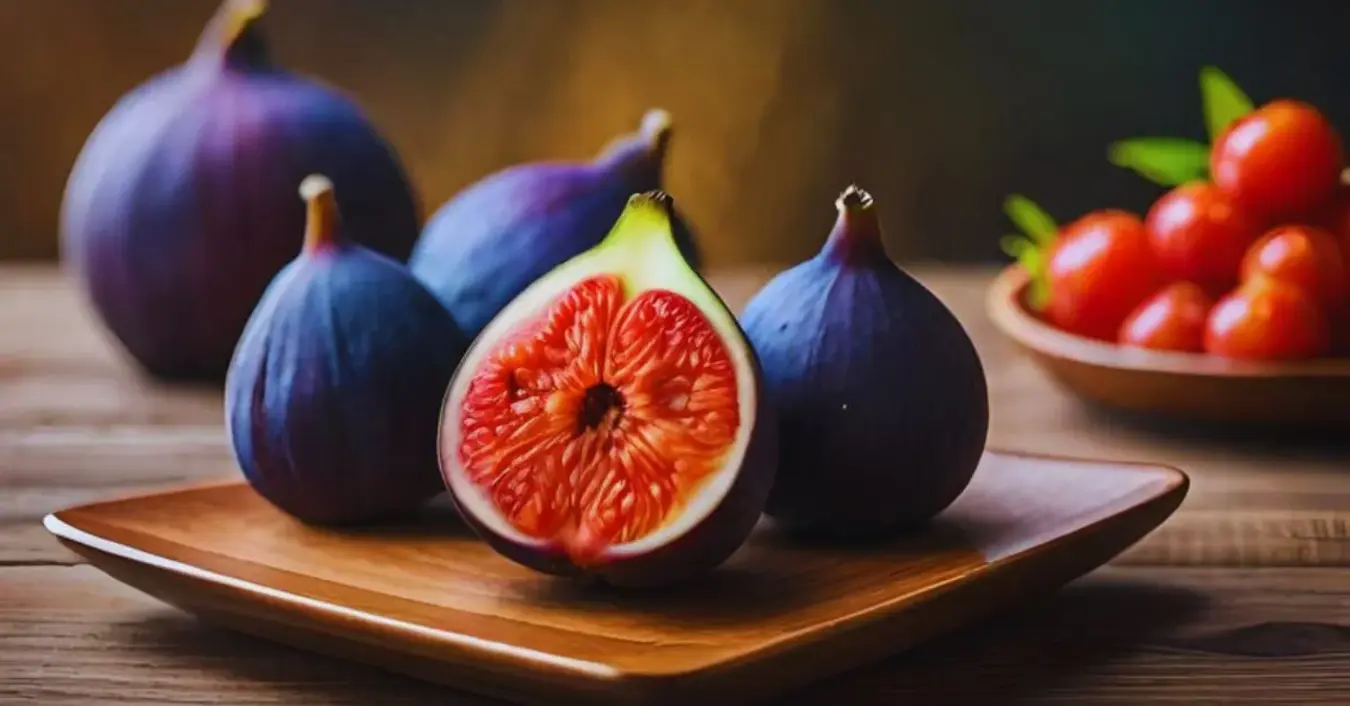Figù is a term that may not be very well known, but it has deep cultural meaning in different communities. While some may think it’s just another word, figù holds a special place in the traditions and histories of many cultures. Let’s explore what figù actually means, where it comes from, and how it’s used today.
What is Figù?
Figù is often associated with a specific object, idea, or expression that carries more weight than its literal meaning. In many cultures, it can represent something symbolic or metaphorical. People use figù in different ways depending on their region or origin, making it a versatile term with multiple interpretations.
The Origin of Figù
The origin of Figù is somewhat mysterious. Linguists and historians believe the term may have ancient roots, dating back to dialects and languages that are no longer widely spoken. The word may have evolved over time, taking on different forms and meanings as it traveled through regions and generations. This evolution gives figù a unique place in the lexicon of many languages, combining ancient traditions with modern interpretations.
Figù in cultural practices
In certain cultures, fig’ù is more than a word: it is a cultural artifact. For example, in some European countries, fig’ù may refer to a specific tradition or custom, while in other areas it may have a more spiritual or religious connotation. Fig’ù is found in art, music, literature, and even everyday conversation, and is often used to convey a deeper meaning or reflect the values and beliefs of a community.
Modern uses of figù
Today, fig’ù is still very relevant, although its use varies greatly depending on location. In some places, it is used in colloquial speech as a term of humor or irony. In other contexts, fig’ù is used in a more formal context, such as literature or academic debates. Its adaptability makes fig’ù a fascinating term that combines the old and the new, the traditional and the contemporary.
Figù in everyday life
Fig’ù may not be an everyday term, but in some cultures it is part of everyday life. From local expressions and sayings to festivals and events, fig’ù can play a role in the way people communicate and celebrate. Its meaning can be adapted to different scenarios, allowing it to remain relevant even as times change.
Figù and its symbolic meaning
The symbolic meanings of fig’ù are varied and largely depend on the context in which it is used. For some, it symbolizes resilience or strength, while for others it can mean joy or celebration. fig’ù can also be used to convey deeper philosophical or existential ideas, making it a powerful means of expression.
The Role of Figù in Art and Literature
Artists and writers have long been fascinated by fig’ù, using it to explore themes of identity, belonging and change. In literature, fig’ù can appear as a metaphor or allegory, helping to convey complex emotions and thoughts. In visual art, fig’ù can be represented by symbols, colors or shapes that capture its essence.
Why Figù is Important Today
Fig’ù remains an important part of cultural dialogue as it enables creative expression and cultural exchange. As globalization brings people closer together, terms like fig’ù help bridge cultural differences and promote understanding. Figù is more than a word; it is a connection, a bridge between worlds.
Figù and its Future
The future of Fig’ù is uncertain, but its versatility suggests it will continue to evolve. As more people become aware of its meaning and use, fig’ù could take on new roles in digital communication, social media and beyond. This adaptability ensures that fig’ù remains a relevant and vibrant part of our shared cultural heritage.
The importance of preserving figù
Preserving fig’ù and its multiple meanings is vital to maintaining cultural diversity. Language is a living thing that is constantly changing and the fig’ù exemplifies this dynamic. By understanding and appreciating the fig’ù, we contribute to a more comprehensive understanding of identity and cultural expression.
Conclusion
Figù is a unique and dynamic term with deep cultural significance. It goes beyond its literal meaning to symbolize various aspects of life, from resilience and joy to philosophical ideas. fig’ù is rooted in ancient traditions but continues to evolve over time. It bridges cultural differences and promotes understanding between different communities. Its continued relevance in art, literature and everyday conversation underscores its importance as a link between past and present, tradition and modernity. By embracing and exploring the rich meaning of fig’ù, we help preserve a valuable piece of our shared cultural heritage.
Frequently Asked Questions
What does fig mean?
Fig’ù is a term with multiple meanings, often used to express a symbolic or metaphorical idea. It can vary greatly depending on the cultural context.
Where does the word figù come from?
Fig’ù is believed to have ancient roots, the origins of which can be traced back to various dialects and languages. Its exact origin remains a subject of research.
How is figù used in everyday life?
Fig’ù can be found in expressions, idioms, literature, art and even at festivals. Its use depends on the region and cultural context of the people who use it.
Why is figù important in culture?
Fig’ù is important because it represents identity and cultural diversity. It is a way for people to express themselves and their heritage.
Can fig’ù change its meaning over time?
Yes, fig’ù is a dynamic term whose meaning can evolve as cultures and societies change. It remains relevant by adapting to new contexts and uses.







